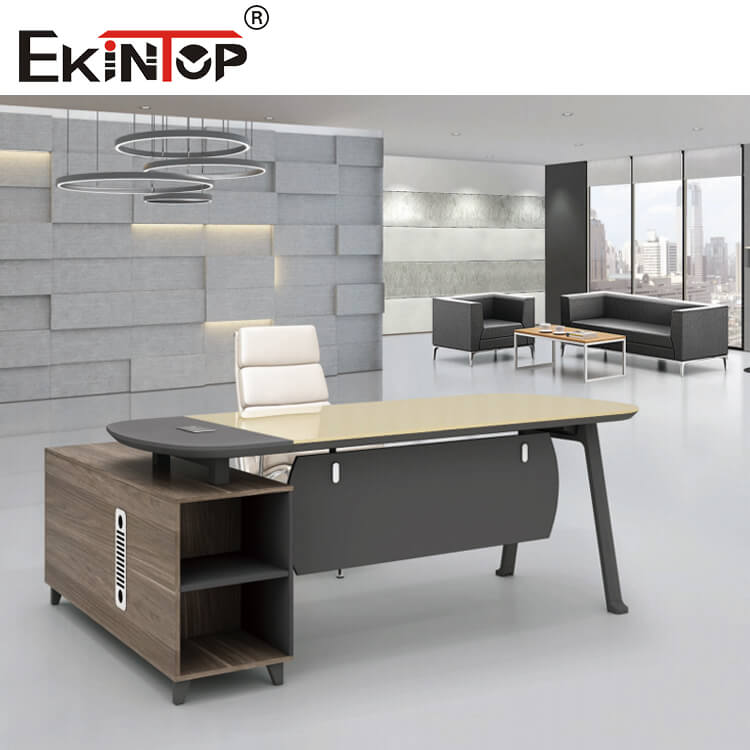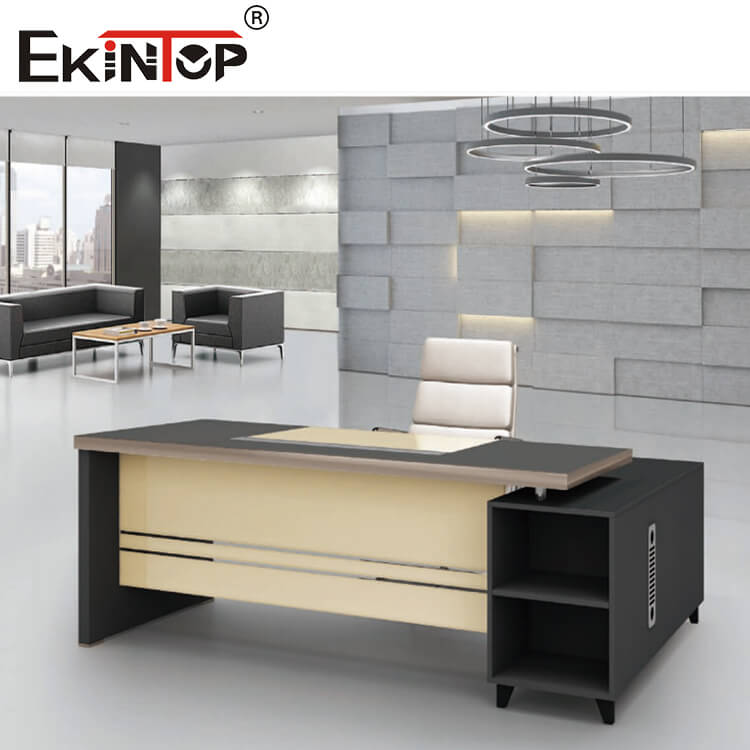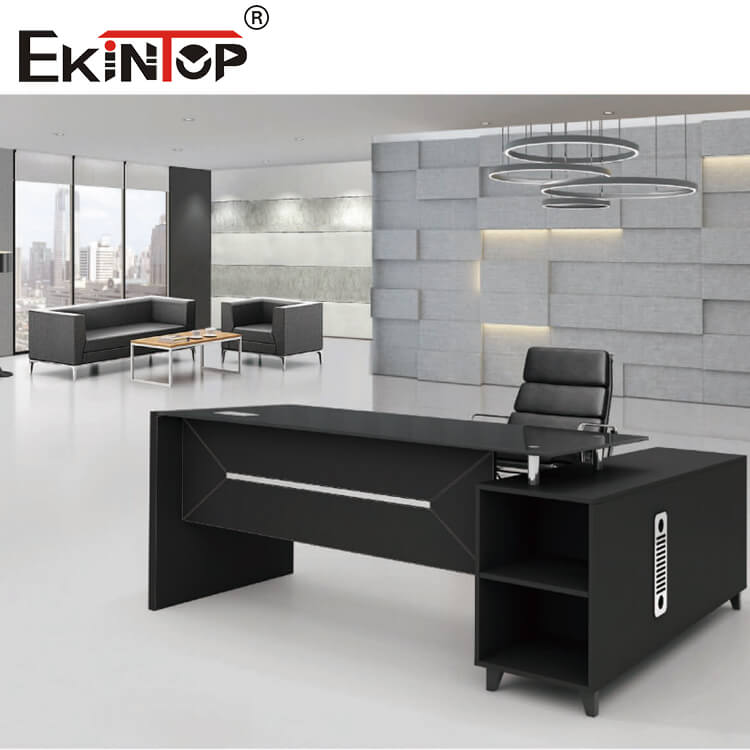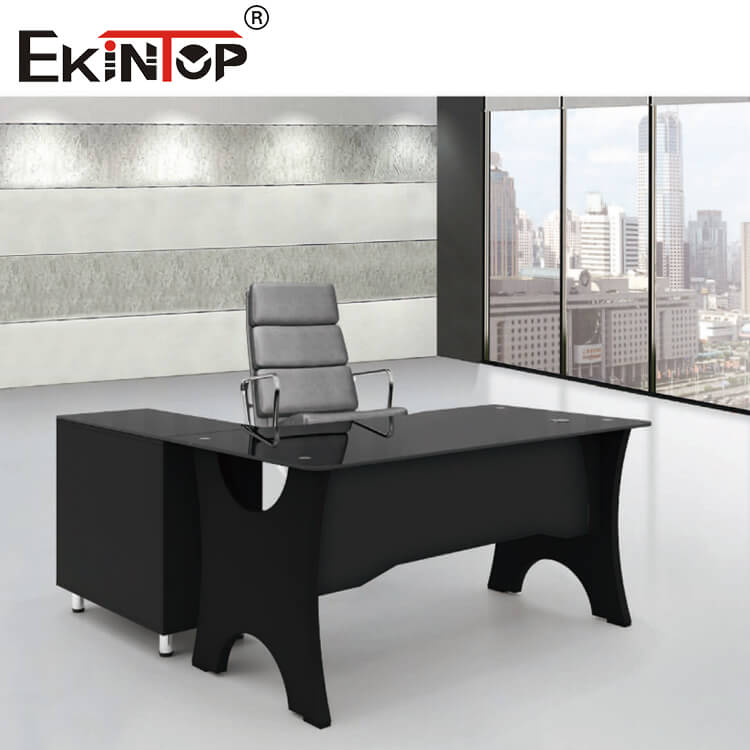
October 15,2025
admin
At Googleplex in Silicon Valley, a smart office desk equipped with a brainwave sensor records engineers' focus levels, automatically transitioning to a standing mode when cognitive load exceeds a certain threshold. This is not a scene from a science fiction movie, but a reflection of the evolution of modern office furniture. According to an IDC report, the global smart office furniture market surpassed $42 billion in 2023, signaling a deep transformation in work styles and spatial forms.
The use of aerospace-grade carbon fiber composites has enabled traditional office desks to achieve the perfect balance between lightweight and durability. A conference table made using Boeing 787 technology, with a thickness of just 18mm, can support a load of 500kg, offering 3.2 times the bending strength of traditional steel-wood structures. This breakthrough material allows for column-free, large-span designs in open-plan offices, improving space utilization by 47%.
Nanocoatings have rewritten the rules of furniture maintenance. Desks with superhydrophobic coatings, inspired by the lotus leaf effect, have a contact angle of 168°, causing coffee stains to automatically roll off under gravity. Even more revolutionary is the self-healing coating technology—when a desk surface experiences micro-scratches, microcapsules embedded in the coating release a repair agent, achieving molecular-level restoration within 5 minutes and extending the product's lifespan to over 15 years.
The rise of bio-based materials is sparking a green revolution. Emeco, a U.S. company, has introduced chairs made from algae-based bioplastics, with 85% of the material derived from blue algae in Lake Michigan. The carbon emissions are only one-third of those from traditional plastic chairs. In the Netherlands, designers have developed mycelium-based office partitions that grow in petri dishes and decompose into organic fertilizer at the end of their lifecycle.

The touch-control desktop inspired by Microsoft's Surface Studio is evolving. Samsung Display has developed a 48-inch transparent OLED smart desk with 8K resolution, supporting 32-point touch and pressure sensitivity. Designers can directly model in 3D on the desk surface, achieving touch precision of 0.1mm and increasing modeling efficiency by 60% compared to traditional workstations.
Breakthroughs in environmental sensing systems are equally astonishing. The latest smart workstation from Herman Miller is equipped with 60 miniature sensors that monitor 12 parameters, including temperature, light, noise, and air quality. When CO₂ levels exceed 800ppm, LED strips on the desk edges automatically turn red, and the ventilation system is activated for targeted air exchange.
The Internet of Things (IoT) is reconstructing space management. Steelcase’s smart filing cabinet is equipped with UWB positioning chips that automatically record item access paths and work in tandem with AR glasses for "what you see is what you get" asset management. This smart storage solution has reduced document search time by 78% and increased space utilization by 2.3 times.

Modular systems give offices the ability to reshape space. The magnetic modular system from Orangebox in the UK allows office partitions to be reconfigured into independent offices, collaboration zones, or relaxation corners in just 30 minutes. The system's patented connectors can withstand up to 2.5 tons of pulling force but can instantaneously disassemble under ultrasound, enabling truly flexible space usage.
Vertical space development breaks traditional dimensions. Tesla’s factory uses suspended workstations based on electromagnetic levitation technology, allowing work desks to float 1.2 meters above the ground, freeing the floor from cable constraints. This design increases layout efficiency by 400% and reduces equipment relocation costs to one-fifth of the traditional approach.
The overlap of virtual and physical space is ushering in a new era. A hybrid reality meeting table developed by Magic Leap and Knoll integrates holographic images seamlessly with the physical desktop. Financial data visualizations appear as 3D bar graphs growing on the surface, and engineers can disassemble virtual engine models with their hands. This interactive approach has boosted decision-making efficiency by 55%.

MIT's Media Lab is revolutionizing health standards with its neuroengineering chair. The chair is equipped with 16-channel electromyographic sensors that monitor pressure distribution in the erector spinae muscles. When abnormal loads are detected, a miniature pneumatic device automatically adjusts the support surface. Clinical trials show that this technology reduces intervertebral disc pressure peaks by 42%.
Light environment regulation is entering the age of biological rhythms. Philips' intelligent lighting system simulates the spectrum of mountain dawn at 2000 meters, triggering a cortisol peak at 10 a.m. and switching to a low color temperature mode in the afternoon to promote serotonin synthesis. This light therapy workstation has reduced programmers' coding error rates by 31%.
The application of aerodynamics in microenvironments is impressive. Dyson’s custom desktop air purification system for Apple's headquarters creates a 1.2-meter clean air bubble using the Coandă effect. Sensor data shows that this system filters 99.97% of PM0.3 particles while generating only 23 decibels of operational noise.
At the Tokyo NTT Future Research Institute, a desk equipped with quantum sensors analyzes users' brainwaves in real-time. When creative thinking is detected, it automatically adjusts environmental parameters to lock in the "inspiration state." This indicates that office furniture is evolving from passive tools into proactive cognitive enhancement systems. As the boundaries between physical space and digital intelligence gradually dissolve, modern office furniture is no longer just cold furniture; it is an organic carrier for the evolution of human intelligence.

Choosing Ekintop Furniture means acquiring more than just office equipment; it is a gateway to the future of work. As physical spaces blend with digital intelligence, modern office furniture will play a crucial role in shaping the next era of work culture, fostering both productivity and well-being in a seamless, integrated environment.

